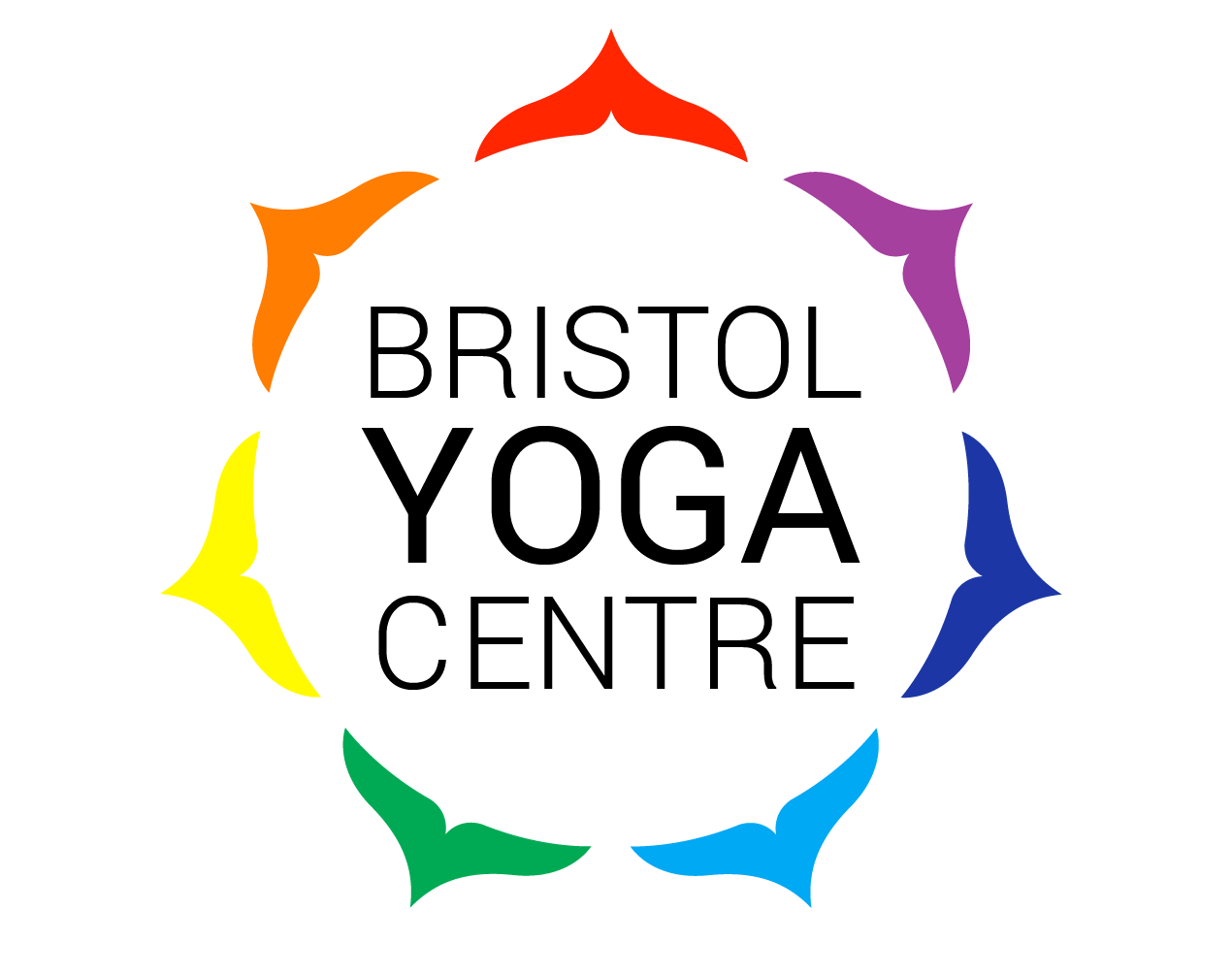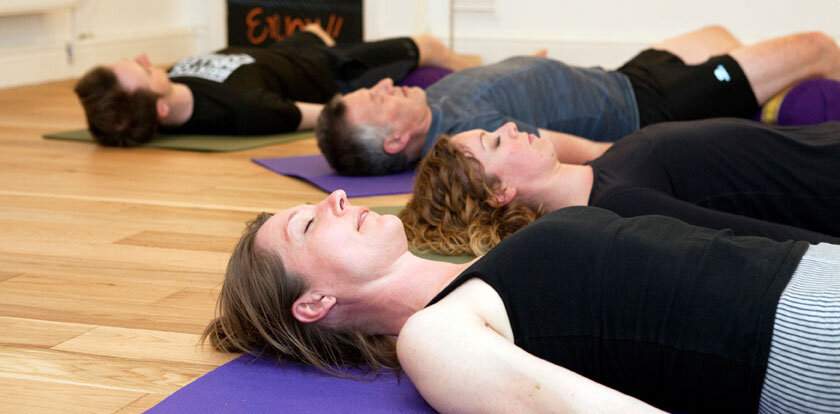Yoga offers many health benefits and one of them includes alleviating insomnia. Through stretching, breathing, and mindfulness yoga improves your strength and flexibility, breathing, reduces stress and enhances brain functions. A recent study has also found that yoga can help you sleep if you have chronic insomnia. The Harvard Medical study looked into how doing yoga every day could affect people with insomnia.
The study conducted began with subjects learning how to do basic yoga. They were then asked to maintain the daily practice for eight weeks. Diaries were kept before the yoga began for two weeks before. They also took notes during the eight weeks of daily yoga. In total, twenty people completed the eight week study. Researchers then analyzed the information given to see if yoga helped with their chronic insomnia.
Types of Insomnia
Primary insomnia is the inability to sleep that occurs on its own. It is dependent on health problems or a sleep disorder. Secondary insomnia occurs as a system when there is another medical condition within the patient. This can be anything from cancer to chronic pain to depression. Some of the medications taken for acute health conditions can also cause insomnia.
How Yoga Helped Patients with Chronic Insomnia
The study found that for those who finished the eight weeks of yoga, they experienced improvements in:
- Their sleep efficiency
- Their total time of sleeping
- Their total waking time
- How long it took them to fall asleep
- When they would wake up after falling asleep
While there hasn’t been a lot of research conducted on yoga and how it affects sleep, it is possible that yoga can be used as a treatment for sleep issues.
A Yoga Practice Before Bed
The reason you’re not sleeping could be for many reasons. Some have fibromyalgia so their chronic pain keeps them up at night. Some people just can’t seem to ‘switch off’ and they lie awake ruminating about things. Whatever the reasons, there is a yoga pose for pretty much every issue that is causing you to lose sleep. These basic poses are specifically to calm the body and mind before bed. You may also want to incorporate poses that help your specific medical conditions also.
Start with a Meditation
To get ready for bed, put you pajamas on. Turn the lights down and get yourself comfortable. Sit cross legged or in a comfortable position. Close your eyes and start to focus on your breathing. Do this for a few minutes. When thoughts come up, don’t hold onto them. Go back to the breath. This is to bring you to your center and to quiet the mind.
Simple Spinal Twist
As you sit cross legged, inhale and make yourself as tall as possible. As you exhale, you will twist your midsection to the left. If you have something to grab onto, you can use this to go slightly deeper into the stretch. Remain in the twist while breathing a few times. As you exhale, return your torso back to center. Inhale and then exhale your twist to the right side. Repeat this a few times. Take it slowly.
Cross Legged Bend
With your legs still crossed, bend forward from the hips and stretch your hands out in front of you. If you can get your belly to your feet and your head to the floor, that’s ideal but this may take some time to master. Stay here for a few breaths and notice the stretch your experience in your hips and back.
Seated Forward Bend
Bring your legs out in front of you so they’re straight with a slight microbend in the knees. Sit up high as you inhale. When you exhale, reach your hands out to your feet. You want to keep your back flat which means you may have to bend your knees. This pose stretches out the hamstrings which alleviates pressure in the lower back.
Knees to Chest Pose
Lie down on your back and put your head on your pillow. Bring one knee into the chest and grab your shin to pull it closer to you. Stay in this pose for a few deep breaths. Switch legs and repeat a few times. Then head both your knees into your chest. Rock side to side onto your back, allowing your whole back to relax and release. Knees to chest pose lengthens the extended knee while loosening tight hips. This is where stress lives so releasing it before bed can be quite helpful in relaxing you.
Doing these poses before bed can help you sleep. They are deeply relaxing and help to calm the mind as you are doing something physical. When you do yoga daily, you are also going to alleviate some of the pain or discomforts you’re experiencing that are the cause of sleep loss.
Bio:
Meera Watts is a yoga teacher, entrepreneur and mom. Her writing on yoga and holistic health has appeared in Elephant Journal, CureJoy, FunTimesGuide, OMtimes and others. She’s also the founder and owner of SiddhiYoga.com, a yoga teacher training school based in Singapore. Siddhi Yoga runs intensive, residential trainings in India (Rishikesh, Goa and Dharamshala), Indonesia (Bali)
Website: https://www.siddhiyoga.com










